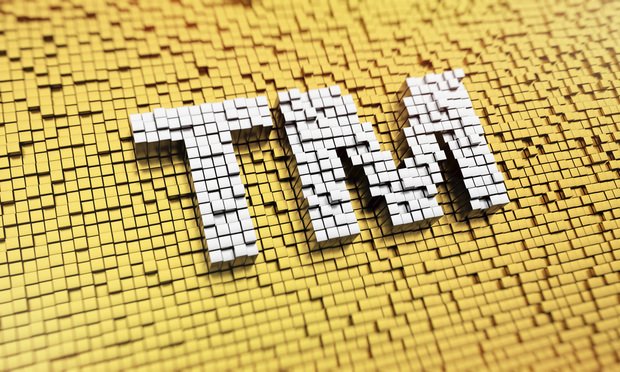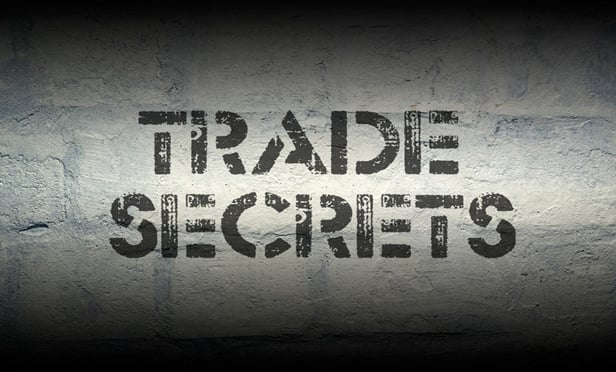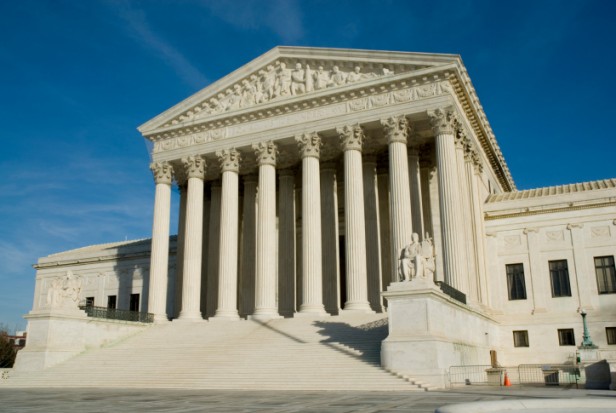Columns & Departments
IP News
Federal Circuit: The Comparison Prior Art Has to be Within the Proper Scope Federal Circuit: More Than Describing Trial and Error Is Needed for Enablement
Features

WEBINAR: AI & Intellectual Property
Owners of intellectual property should be aware of how their works are used by generative AI models and the users of these tools, and timely action should be taken to defend intellectual property against infringement. Join LJN for a free webinar on Nov. 9.
Features

Federal District Court Denies Copyright to Visual Art Piece Generated Solely By Artificial Intelligence
In August, the U.S. District Court of the District of Columbia affirmed the U.S. Copyright Office's denial of a copyright application for a visual piece of art generated entirely by an artificial intelligence-driven computer called the "Creativity Machine." Recognizing that U.S. "copyright law protects only works of human creation," the court determined that the Copyright Office "acted properly in denying copyright registration for a work created absent any human involvement."
Features

Protecting Artificial Intelligence Inventions: Takeaways from 'IBM v. Zillow' from a Patent Drafting Perspective
Part One of a Two-Part Article This two-part article sheds light on several important aspects of patents on AI technology. In Part One, we provide a general overview of the IBM v. Zillow lawsuit and discusses strategies to diversify patent portfolios to maximize protection on AI-related technology.
Features

The Presumption of Irreparable Harm After the Trademark Modernization Act Of 2020: The Good, the Bad and the Ugly
This article explores developments (both positive and negative) in the post-TMA world in which courts have wrestled with implementation of the presumption of irreparable harm in trademark cases.
Features

Trade Secret Protection for Consumer-Facing Products
Intellectual property laws, including copyright, patent, trademark and trade secret laws can provide avenues for companies to protect their IP. But it's not always clear what assets are protectable and what are not.
Features

How Far Can You Reach? The Territorial Limits of Lanham Act Infringement and False Designation of Origin Claims
On June 29, 2023, the U.S. Supreme Court set new geographic limits for infringement and false designation of origin claims raised under Sections 1114 and 1125(a) of the Lanham Act. Given the global nature of business today, the decision highlights the need for trademark owners to continually reassess and, perhaps, expand their international trademark registration strategy as product lines and brands become more international in scope.
Features

The Power, Perils and Pitfalls of Lookalikes
In April 2021, a food fight broke out between two of the UK's largest supermarkets. Marks and Spencer launched legal action against Aldi over the latter's alleged copy of its signature "Colin the Caterpillar" cake. This article takes a look at the issues surrounding lookalikes, what the English courts have said about them and what can be done by brand owners to protect against the risks they present.
Features

A Diverse Patent Portfolio Better Protects Artificial Intelligence Inventions
Takeaways from 'IBM v. Zillow' from a Patent Drafting Perspective Part Two of a Two-Part Article In Part One of this article we discussed the IBM v. Zillow case, where IBM sued Zillow for infringing on seven IBM's patents directed to artificial intelligence (AI) algorithms for estimating property value. The focus was on the difficulties in establishing patent infringement on specific AI algorithms, as well as the strategic advantages of including additional patent claims that target ancillary features of an AI system. In this segment, we analyze the claims made in the Zillow case and present some tips for drafting AI-related claims from the perspective of patent infringement.
Features

The Impact of the Supreme Court's Goldsmith Decision on Copyright Enforcement Against AI Tools
The U.S. Supreme Court's opinion in Andy Warhol Foundation for the Visual Arts, Inc. v. Goldsmith sent ripples through the legal and artistic communities. Months later, legal scholars and art journalists continue to debate whether the decision opens the door for federal courts to act as "art critics." Many, however, downplay how the Supreme Court's decision impacts the ways in which copyright owners may enforce their rights against generative AI tools.
Need Help?
- Prefer an IP authenticated environment? Request a transition or call 800-756-8993.
- Need other assistance? email Customer Service or call 1-877-256-2472.
MOST POPULAR STORIES
- Use of Deferred Prosecution Agreements In White Collar InvestigationsThis article discusses the practical and policy reasons for the use of DPAs and NPAs in white-collar criminal investigations, and considers the NDAA's new reporting provision and its relationship with other efforts to enhance transparency in DOJ decision-making.Read More ›
- The DOJ's New Parameters for Evaluating Corporate Compliance ProgramsThe parameters set forth in the DOJ's memorandum have implications not only for the government's evaluation of compliance programs in the context of criminal charging decisions, but also for how defense counsel structure their conference-room advocacy seeking declinations or lesser sanctions in both criminal and civil investigations.Read More ›
- The DOJ's Corporate Enforcement Policy: One Year LaterThe DOJ's Criminal Division issued three declinations since the issuance of the revised CEP a year ago. Review of these cases gives insight into DOJ's implementation of the new policy in practice.Read More ›
- Surveys in Patent Infringement Litigation: The Next FrontierMost experienced intellectual property attorneys understand the significant role surveys play in trademark infringement and other Lanham Act cases, but relatively few are likely to have considered the use of such research in patent infringement matters. That could soon change in light of the recent admission of a survey into evidence in <i>Applera Corporation, et al. v. MJ Research, Inc., et al.</i>, No. 3:98cv1201 (D. Conn. Aug. 26, 2005). The survey evidence, which showed that 96% of the defendant's customers used its products to perform a patented process, was admitted as evidence in support of a claim of inducement to infringe. The court admitted the survey into evidence over various objections by the defendant, who had argued that the inducement claim could not be proven without the survey.Read More ›
- Questions Every Law Firm Business Development Leader Should Be AskingIn a legal marketplace transformed by technology, heightened client expectations, and fierce competition, law firm leaders must approach strategy with rigor and clarity. The following questions, accompanied by relevant statistics and explanations, offer a focused guide for uncovering opportunity and driving sustainable growth.Read More ›
